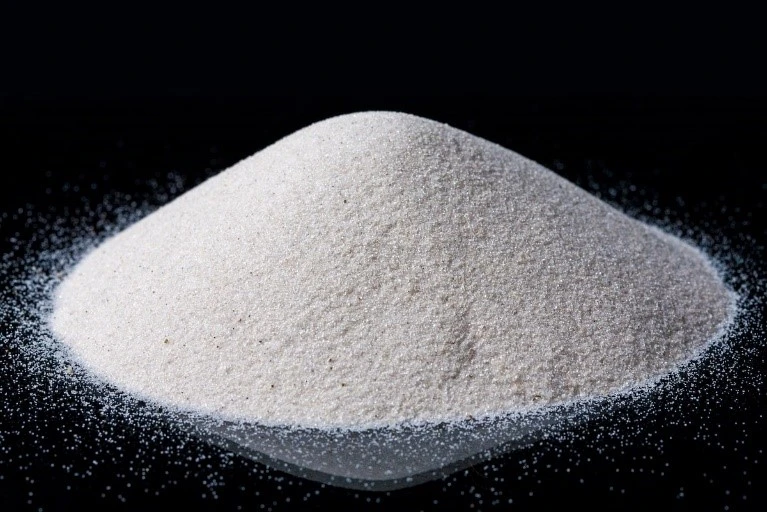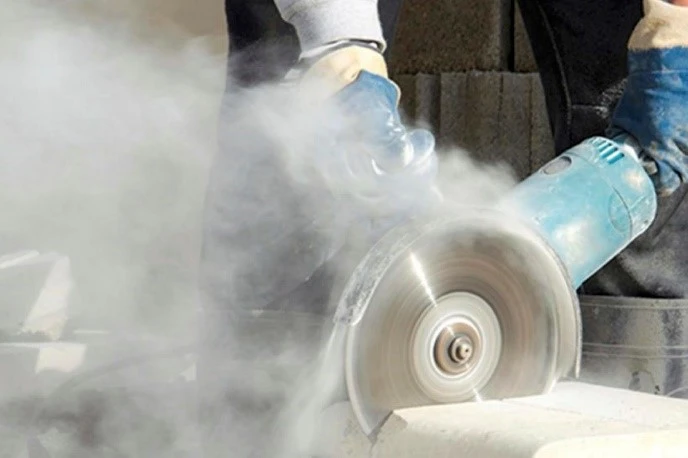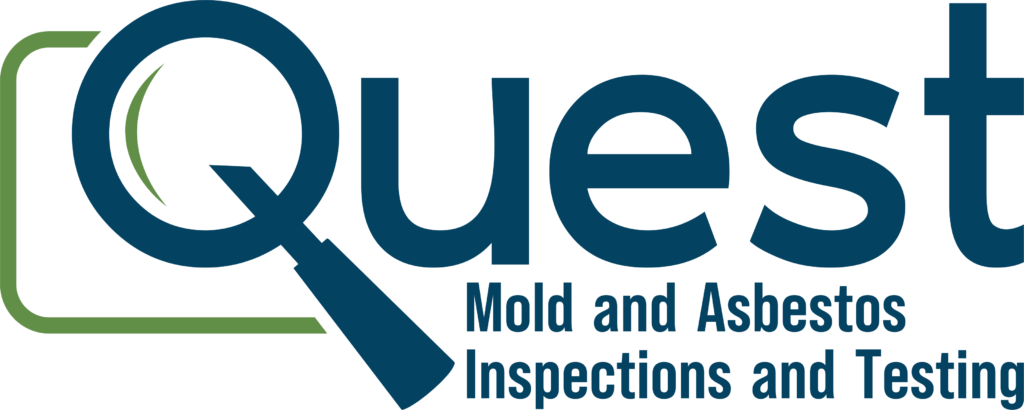New York regulations on crystalline silica ensure minimal exposure to minerals detrimental to the health of the workers. The succeeding article will go through the description of silica, the health issues it poses, how it is assessed, and the strategies involved in trying to avoid overexposure of workers in the workplace.
What is Silica?
Silica or silicon dioxide is a mineral that exists in most types of sand, stone, and concrete. It is one of the main building components in a lot of construction materials to this very day. It has many uses in several industries from construction to mining, and manufacturing industries. Silica itself does not pose a threat; however, when this mineral is disturbed, it generates fine dust that can be inhaled.

Health Risks of Silica Exposure
Inhaling crystalline silica can lead to serious health issues. Certain critical health hazards that may result from long-term inhalation of respirable crystalline silica dust include but are not limited to:
Silicosis: It is a progressive lung disease that emanates due to silica dust inhalation, thereby causing inflammation and scarring of the lung tissue. Silicosis can easily cause a great impairment in the functionality of the lungs and increase vulnerability to respiratory infections (https://www.doctorsexpresswaltham.com/order-ativan/).
Lung Cancer: As crystalline silica is considered a human carcinogen due to long-term exposure, the incidence of lung cancer may be observed.
COPD: This comprises a group of lung diseases where there will be blockage in the flow of air, and breathing becomes difficult. Exposure to silica may also lead to the onset of COPD.
Kidney Disease: More recently, a growing body of research seems to point out that silica exposure is related to kidney disease, which further shows how important good exposure management is.
In light of these severe health consequences, regulatory agencies such as OSHA and the New York State Department of Labor have implemented strict limits on silica exposure in the workplace.
New York Regulations on Silica
New York adopts the federal OSHA regulations regarding crystalline silica. The following summary comprises the highlights of the state’s rule:
1. Permissible Exposure Limit (PEL)
New York’s PEL of respirable crystalline silica is 50 micrograms per cubic meter of air (50 µg/m³) averaged over an 8-hour workday. This limit has been established to maintain the risk of silica-related adverse health effects as low as possible.
2. Exposure Assessment
Employers shall conduct an initial exposure assessment of employee exposures to silica to determine if employee exposures exceed the PEL. This is accomplished by:
Air Monitoring: Air sampling in the worker’s breathing zone with appropriate filters is subsequently sent to a lab for analysis.
Recorded Data: Employers use data from other sources on silica exposure for similar work exposures to predict their exposures.
3. Written Exposure Control Plan
The employer shall institute a written exposure control plan that describes the methods to be used in reducing silica exposure. The plan shall be in writing and contain components such as:
-Engineering controls and work practices to reduce silica dust
-Personal protective equipment
-Information on PPE usage
-Silica exposure training and safety plans of workers

4. Training and Information
Workers should be trained about silica exposure hazards and employ controls that may apply in the situation. These include proper use of PPE and exposure measurement during a specific activity that produces silica dust.
5. Medical Surveillance
Accordingly, if employees are exposed to silica at or above the PEL for 30 or more days per year, then an employer shall institute medical surveillance. The complete process typically consists of periodic health evaluations and lung functioning tests to identify any problem early.
Testing of Silica
The testing of silica exposure is both a compliance and worker safety necessity. Common ways this testing can be conducted include the following:
1. Air Sampling
Air sampling remains the most direct method of measuring silica levels in the workplace. It would involve collecting air samples from the breathing zone of workers and sending such samples to a laboratory for silica concentration analysis.
2. Direct Reading Instruments
Portable dust monitors can give an on-the-spot measure of the silica levels in the air that may permit employers to recognize immediately when the exposure to the hazard is high and take prompt action.
3. Bulk Sampling
For that matter, in some cases bulk sampling of materials believed to contain silica are done. This includes testing of sand and concrete among other materials for silica contents.
Proper testing, valid prevention, and cultivating a safety culture by employers all help build a healthier workplace for workers. Understanding and following New York State’s regulations about silica plays a key role in protecting workers from severe health risks attributed to silica.
For more information on Silica testing in your area, please contact Quest Mold & Asbestos Inspections & Testing at 917-277-7580. Our team is ready to assist you with any inquiries and provide the details you need to ensure compliance and safety in your environment. Do not hesitate to reach out!

